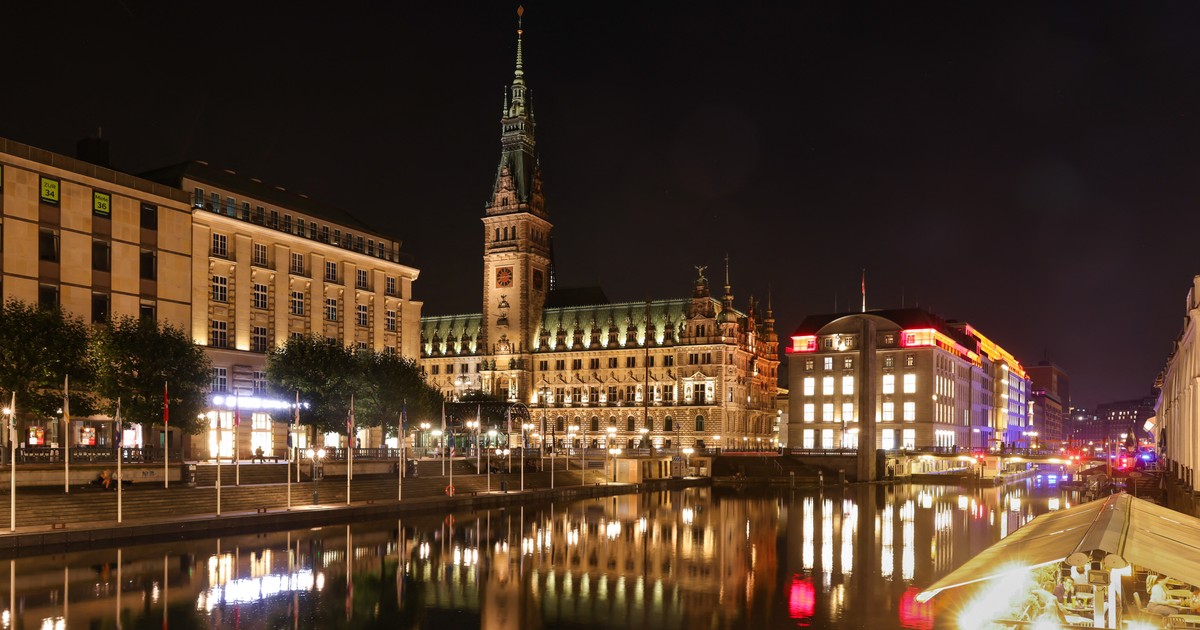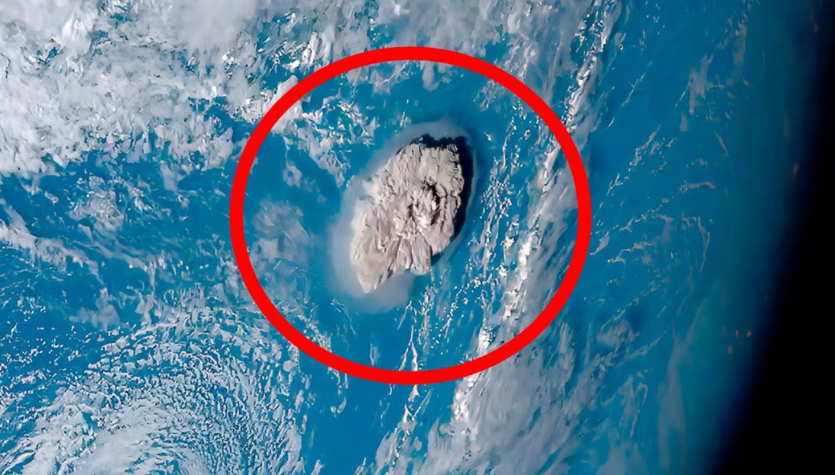When we discuss actions to limit climate change, we usually think about reducing emissions of carbon dioxide and methane, the two main greenhouse gases produced by humans. We often forget something else – water vapor, the most common greenhouse gas in the Earth's atmosphere. This is not a mistake, water vapor is indeed a greenhouse gas.
Scientists from the National Oceanic and Atmospheric Administration decided to investigate whether it is possible to reduce the amount of water vapor in the stratosphere, which could help cool the climate. Their study focuses on the potential use of geoengineering to dry the stratosphere by dispersing particles that stimulate water vapor condensation and ice crystal formation.
Researchers from the National Oceanic and Atmospheric Administration's (NOAA) Chemical Sciences Laboratory explained how this would work. Well, water vapor condenses around the dust particles, forming ice crystals. However, pure water vapor does not tend to form crystals spontaneously, which is why the focus was on the aforementioned dust, a potential key to reducing water vapor within the stratosphere.
The prime area for this type of climate interference could be the region scientists call the western Pacific cold spot, a wide-open gateway for water vapor entering the stratosphere. By analyzing observational data and using computer models, scientists point to the potential positive effects of the dispersion of ice crystals in WPCP-saturated air on global climate.
Moreover, scientists emphasize that such technology cannot replace typical measures aimed at reducing emissions of other greenhouse gases. Although they may bring some benefits, their scope is relatively small compared to the enormous challenge of reducing emissions of carbon dioxide and other gases responsible for global warming. We also cannot forget other issues – there is no shortage of scientists who believe that interfering with the climate in this way breaks a certain taboo: climate is something we may not fully understand – and any intervention could end tragically for humanity.


This is why climate engineering is controversial. Opponents of such ideas point out that interventions targeting climate systems may lead to unpredictable consequences, and that the solution in itself does not address the main problem, which is excessive consumption of fossil fuels. Even the scientists responsible for this idea don't forget this: they sensibly point out that the topic needs more research. The fact that “removing” some water vapor from the stratosphere does not solve all the problems we face suggests that few people would consider going that far in intervening with the climate.
Therefore, a group of scientists opposed to the idea called on governments to impose a global ban on geoengineering experiments, stressing the need to focus on more common sense and permanent solutions that would limit greenhouse gas emissions and reduce the size of our negative impact. On the climate.

Echo Richards embodies a personality that is a delightful contradiction: a humble musicaholic who never brags about her expansive knowledge of both classic and contemporary tunes. Infuriatingly modest, one would never know from a mere conversation how deeply entrenched she is in the world of music. This passion seamlessly translates into her problem-solving skills, with Echo often drawing inspiration from melodies and rhythms. A voracious reader, she dives deep into literature, using stories to influence her own hardcore writing. Her spirited advocacy for alcohol isn’t about mere indulgence, but about celebrating life’s poignant moments.










